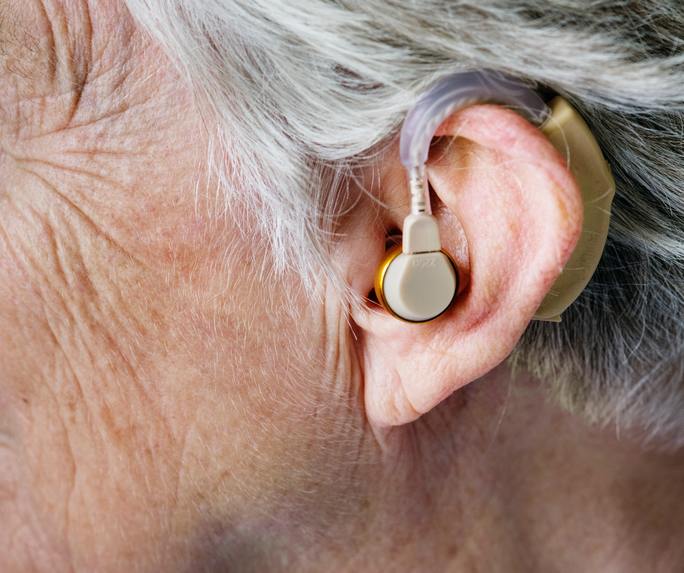National Trust, Tyntesfield
The challenge: Support staff and visitors with hearing difficulties when using the café, restaurant, ticket and retail outlets.
The solution: Supply and install across the counter loop systems.
The benefits: All customers with hearing aids are able to use the systems to hear better, improving their experience of being on-site
“Gordon Morris are a local hearing specialist, a small company who are always happy to help and provide support when needed.”
Tyntesfield is a Victorian Gothic Revival house and estate in North Somerset near Wraxall, now in the care of the National Trust. Bought by William Gibbs in 1844, it was transformed for his growing family to escape to, and included a picturesque landscape of farmed fields, woodland and gardens around the main mansion.
Gordon Morris had installed two room loops in the Sawmills in 2014 and provided a portable system for events. When a further requirement was identified to support users of the shops and restaurants, Gordon Morris was approached for a quote due to the consistently high level of service and support previously provided. Facilities Manager Sarah Schmitz added
“we like to support local businesses, which is another reason I contacted the Gordon Morris team”.
Support all visitors to the Tyntesfield Estate
Mark Birch the Operations Manager, was invited to meet and discuss their requirements. Mark undertook a survey of the rooms and desks to ensure the suggested solution would meet the needs of the National Trust visitors. Sarah advised that they welcomed over 300,000 visitors to the Tyntesfield estate last year. To ensure that all visitors and staff enjoy their experience when visiting the property, counter loops were required for other locations across the property.
Many of the buildings are over a hundred years old which presents potential acoustic issues. Mark was able to identify the best quality solution to support the hearing-impaired user. The microphones on the counter tops were also upgraded to gooseneck microphones to provide better sound for the users. Sarah advised that they have their own loop listener which is used monthly by a trained volunteer to check all systems were functioning correctly. Loop listeners are available from Gordon Morris to loan, hire or buy.
Recommended Services
Sarah commented that:
“Gordon Morris are a local hearing specialist, a small company who are always happy to help and provide support when needed”.
Gordon Morris engineers offer the full package from surveying the premises, advising what equipment is required, suggesting solutions, installing and maintaining the system.
Gordon Morris would like to thank Sarah Schmitz for her kind cooperation with this article and wishes everyone at the National Trust the very best for the future.
To find out more about National Trust Tyntesfield visit: www.nationaltrust.org.uk/tyntesfield/whats-on
To read some of our other blogs, please click here!


